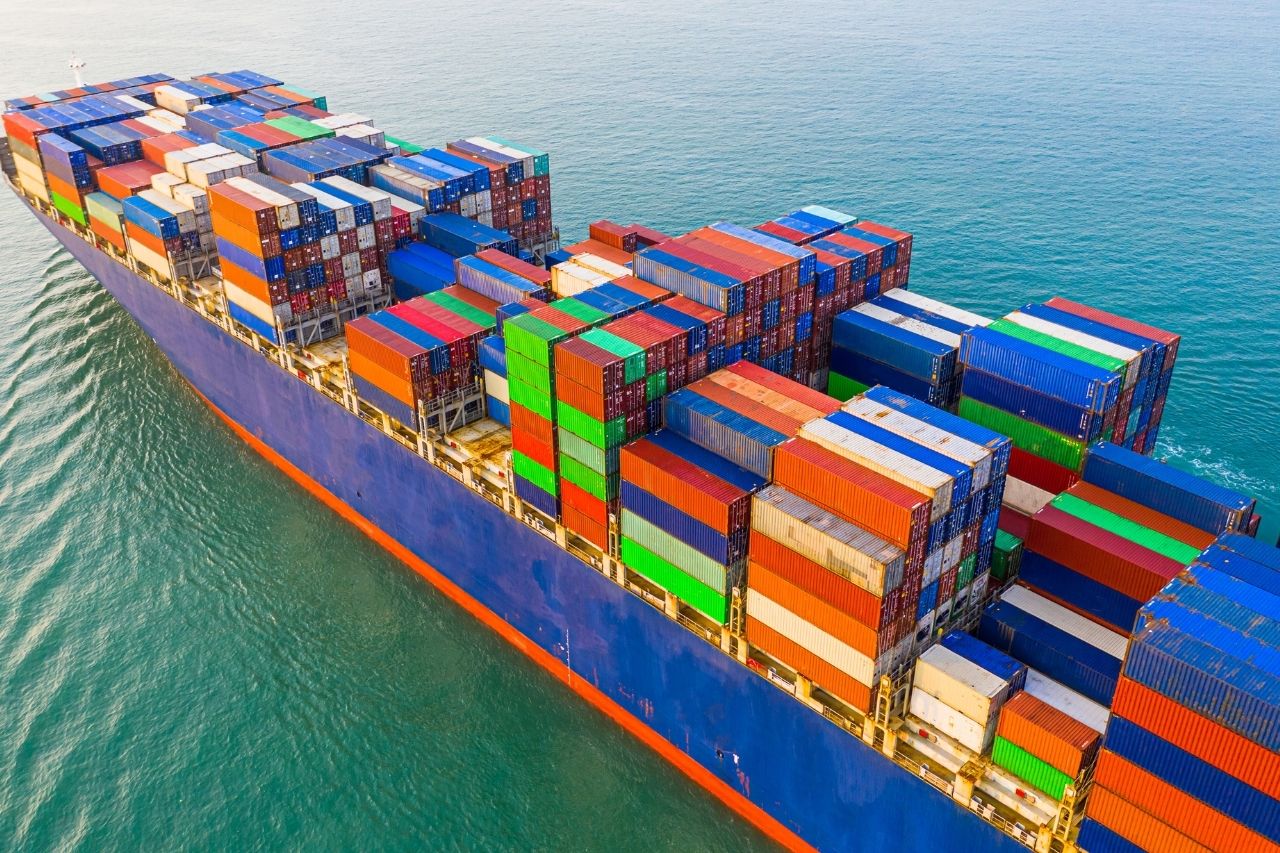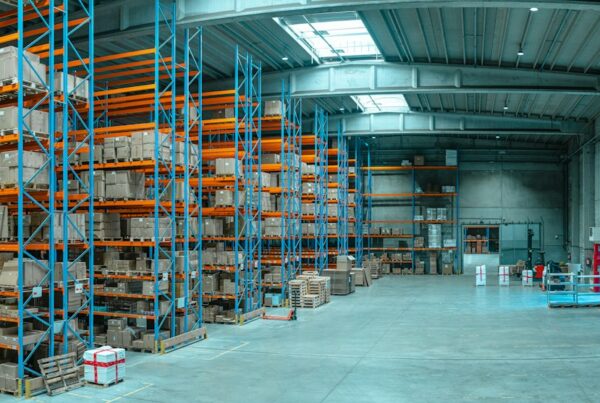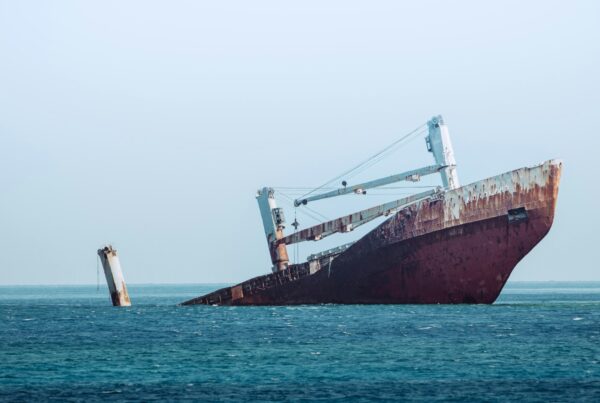As per information from carriers, most of their August vessels are going full. Rates are increasing every fortnight due to serious space constraints and congestion at transshipment ports. S/lines adding RRI/PSS every week resulting huge increase in rates.
What caused a hike in freight charges and what leads to the space shortage of vessels?
The pandemic outbreak has caused many disruptions including, but not limited to a crack in the system of cargo transportation. Due to limited labor available across the supply chain, there has been a notable shortage in the vessel space which has resulted in the hikes in freight costs. The freight costs are rising up to 15% not just on the West coast but also are notably increasing for the East coast. Many traders are booking the vessels for the freight in advance by paying the premium costs in order to reserve the vessel in advance which has caused higher demand and very low supply available during the delivery dates. In order to bring control over the situation, many carriers are making an attempt to get on a blank sail. The carriers are in hope that this method may bring the supply chain back on schedule. As per the experts, the method will only crunch the capacity of vessels and have very low chances of increasing the schedule reliability.
Asia to USA and SAM sector rates are higher by 15% in April, which is expected to increase by another 15% in August. All bookings in August to Oceania sectors are full due to space constraints and congestion at trans-shipment ports.
What are the challenges?
The problem has taken up to the surface, although after various attempts and suitable time has given the backlog vessels that were sitting outside of South China port, has now been cleared. Port clearance is not the end of the problem as clearing of the containers is yet to complete and will take up to one month! There was a major issue of queued vessels in the Pacific Ocean last year, this time; while the congestion is low but is still a huge issue in the current times as well. Yantian is now up and running and will only make things worse for cargo transportation, resulting in higher freight prices.
The traditional market is now rising at the peak, and with freight conditions on the ocean and air routes, things for traders will not remain smooth. The current challenges traders will face will not just be the hike in freight charges but also vessel capacity constraints and the ever-draining service reliability. There is no denying that the demand for logistics services is coming out strong, but the demand is not meeting the service capacity upright. With tighter air capacity, longer dwell times outside the ports, and overburdened capacity of warehouses are just the beginning of hurdles faced by the traders, causing great disruption in the demand and supply chain all across the world.
Freight Capacity and Container Shortage
The imbalance is very severe in the current scenario. While Asia is facing an immense shortage of containers for transportation, North America has the same in fluid! The delay in shipments from Europe to Asia is only getting worse and the aim of getting back on schedule seems a lost cause with the current demand and supply chain. With such a complex scenario, Amazon shipping has noted a 60% annual increase, last year. To compete with Amazon’s FBA pricing in the current scenario has become even more challenging for other traders. Amazon’s market is rising and therefore has made an evident profit to balance the increased freight charges. Since no huge sales were recorded by other sellers, competing with FBA pricing has now become a long-shore dream.
Finally, it may be concluded
It is very important to outcast it loud in public, that the exports and imports have now become very challenging and many threads may release as a result. The importers will have to understand that even though many major freight companies are trying their best to keep up with the challenges and still make fast deliveries with no additional cost, it is very hard to keep up with the same. They have to be prepared for the delays and more hikes in the charges. The exports need to make an analysis for which mode of transportation will suit best as per the demand released and how soon should they make the bookings.
Read More News: https://www.bdginternational.com/logistics-trade-compliance-news/



